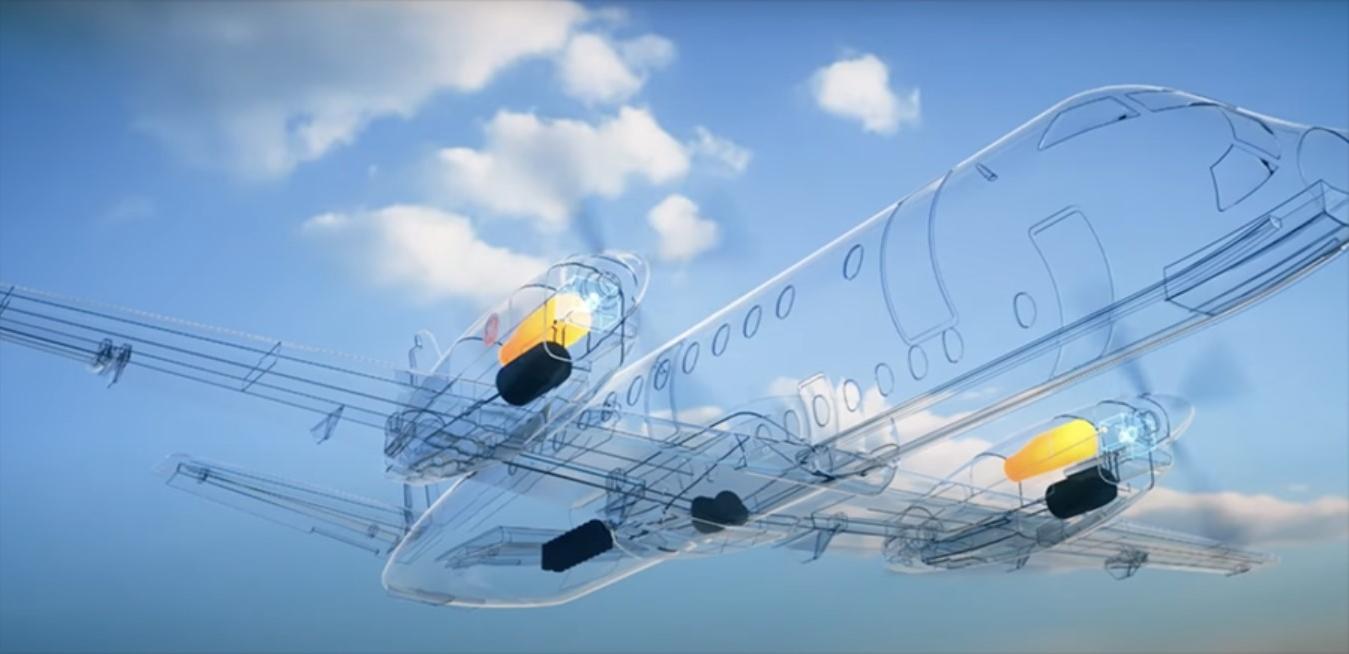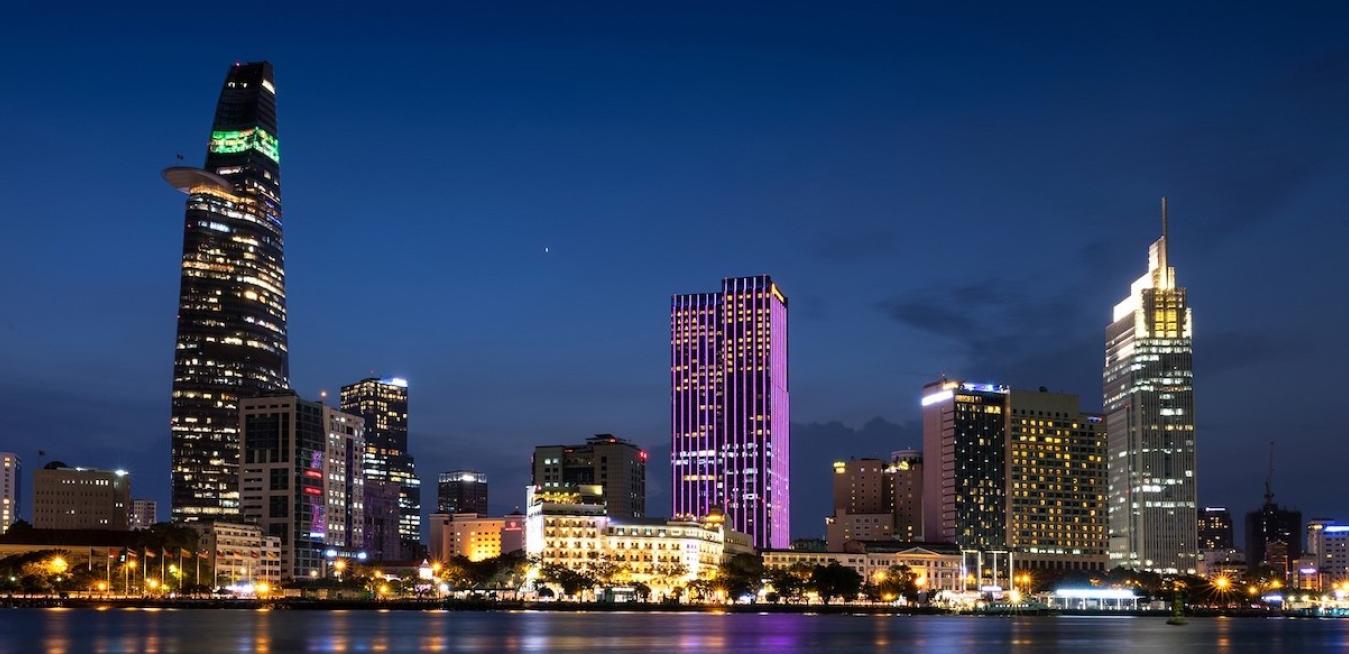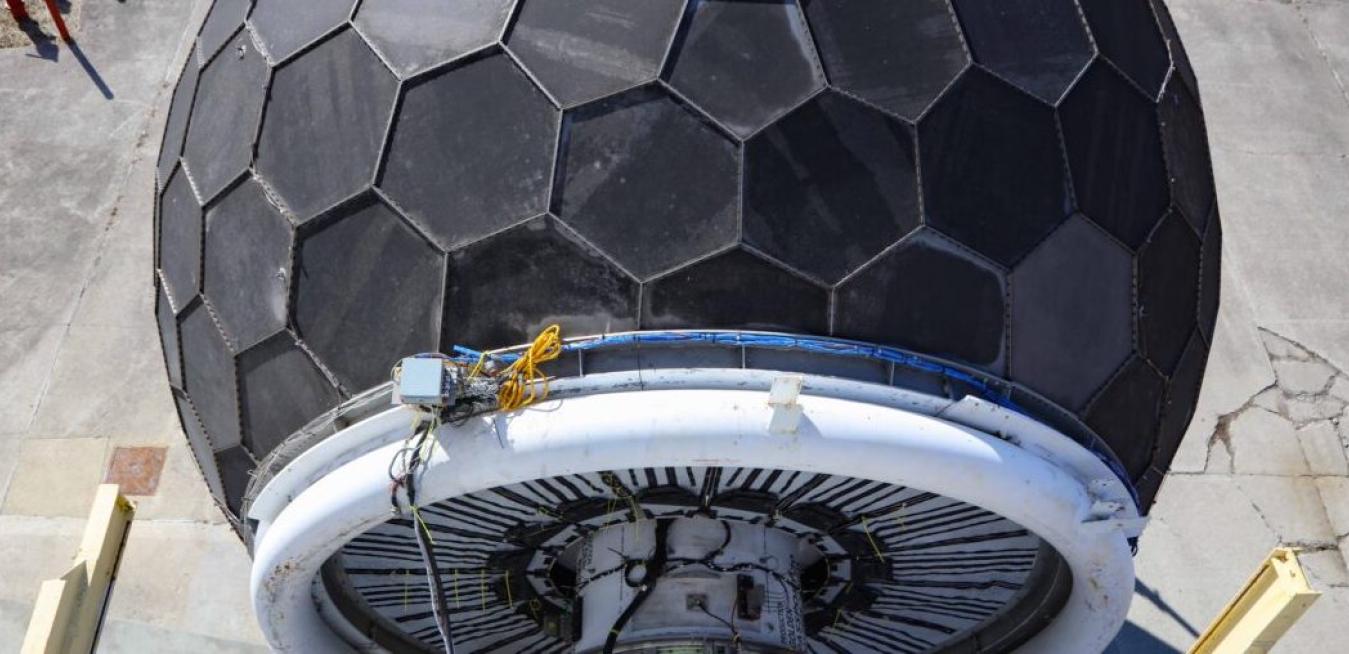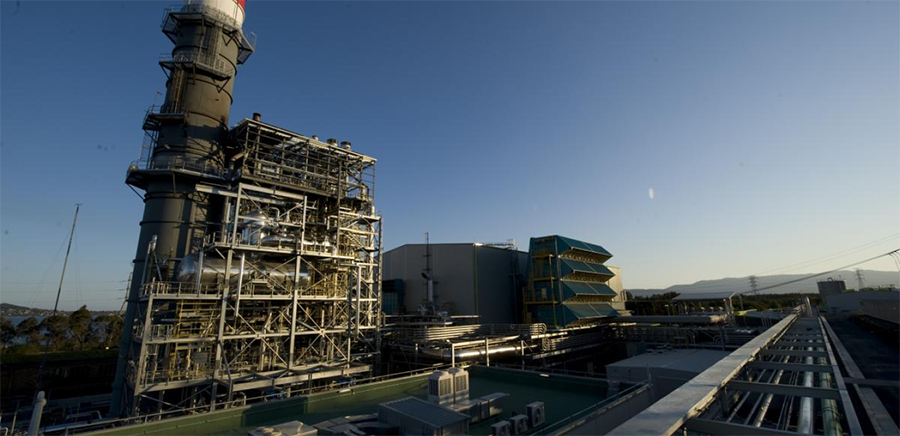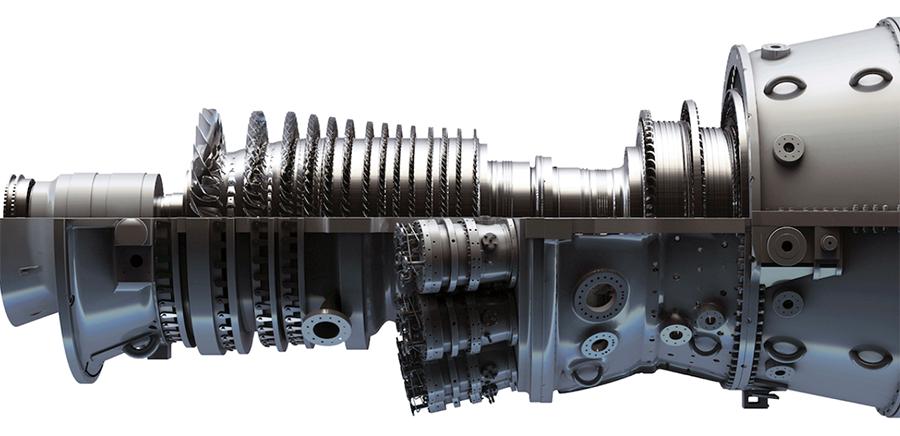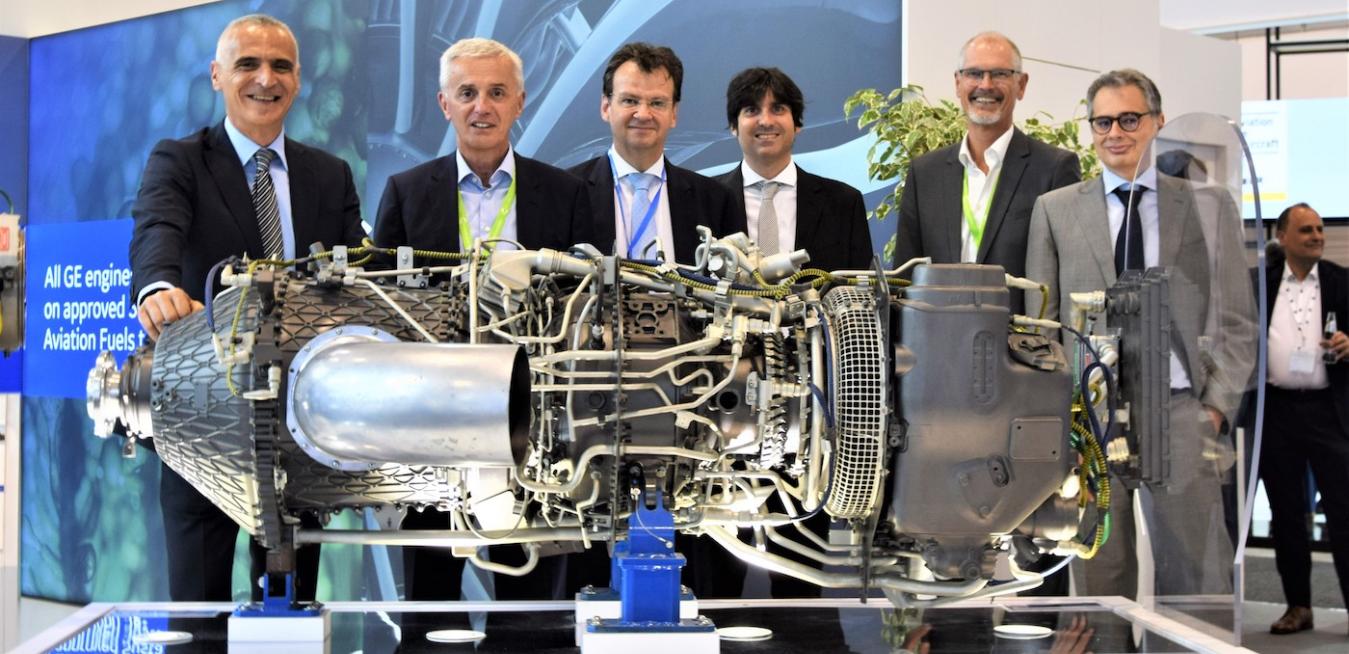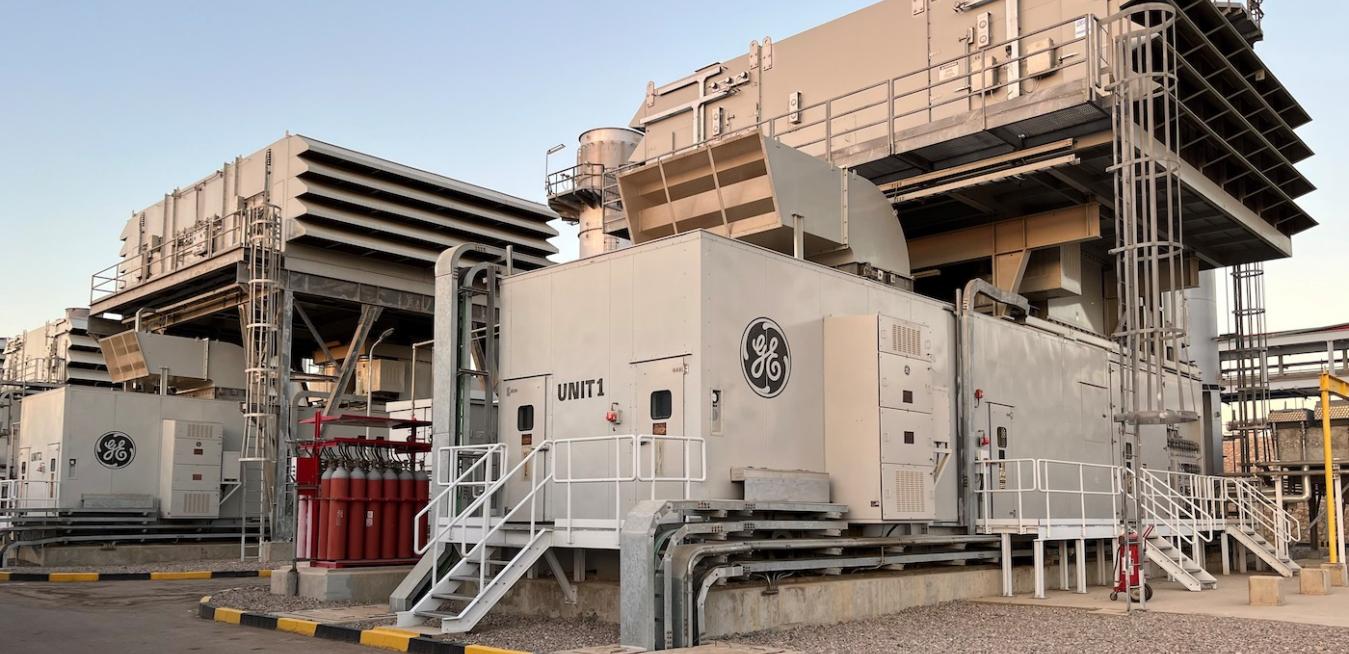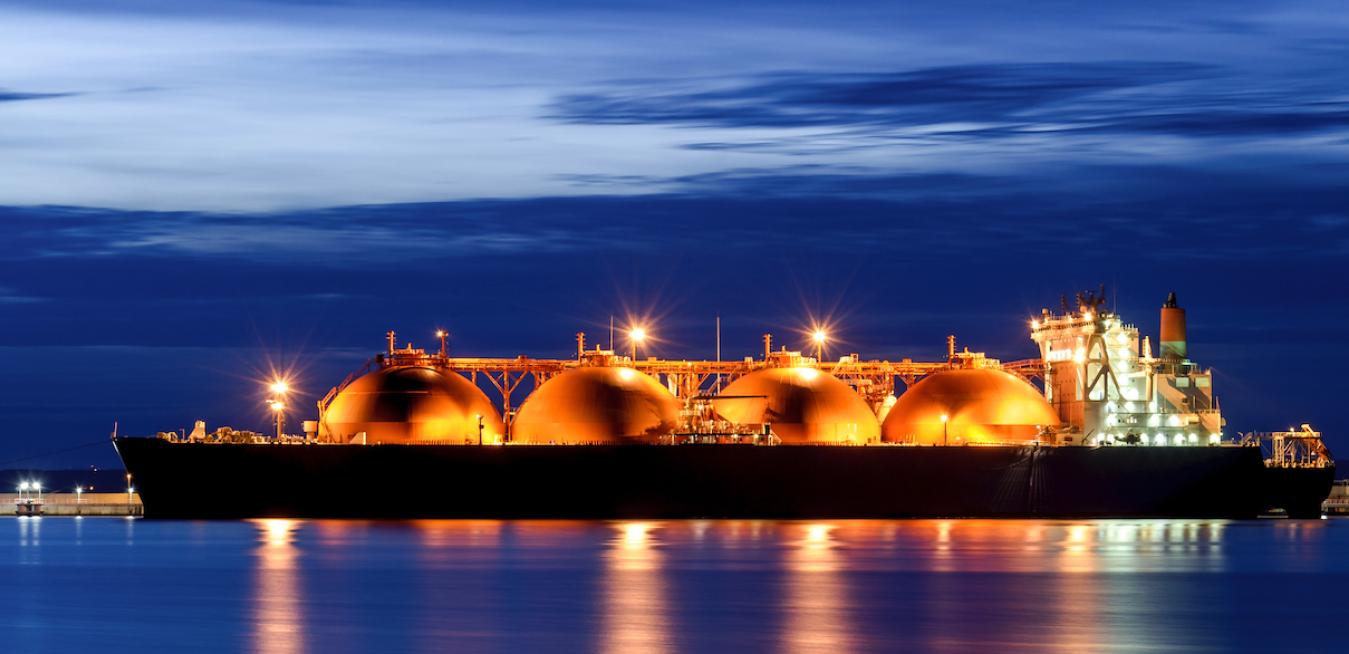Building a world that works: This is the motivating principle behind the work that’s done at GE all across the planet. As we celebrate Earth Day, GE Reports shines a spotlight on a half dozen of its most impactful breakthrough technologies that are helping to usher in a more sustainable future — and some of the dynamic people leading these efforts every day.
Like many emerging economies, Bangladesh and Vietnam share a thirst for electricity. Powered by rapid economic growth, the former expects demand for electricity to jump 250% by 2040, while the latter will see more than a doubling of its demand in a decade, increases that dwarf the typical annual changes in advanced economies like the U.S. Both countries share something else in common: Despite being small contributors to worldwide greenhouse gas emissions, each nation sees climate change as a threat to its population and prosperity.
“There has never been a more exciting time in my 25-year career as an aerospace engineer,” said GE Aerospace General Manager of Advanced Technologies Arjan Hegeman yesterday in remarks before the Senate Committee on Commerce, Science and Transportation. The hearing, on “Advancing Next Generation Aviation Technologies,” was part of the Senate’s work on the 2023 FAA Reauthorization Act. “This era of innovation requires ongoing collaboration with federal agencies like NASA and the FAA,” Hegeman said.
This Thursday, GE will hold its annual Investor Conference at GE Aerospace’s Customer Technical Education Center and nearby manufacturing facilities in Cincinnati and will feature keynote presentations from GE Chairman and CEO and GE Aerospace CEO Larry Culp, GE Vernova CEO Scott Strazik, and leaders from both businesses.
A gas turbine stripped down to nothing but its casing brings to mind a scene from an automaker’s assembly line: an empty chassis that’s full of potential. Next year, a GE team will seek to realize such potential at the 435-megawatt Tallawarra A power station, 60 miles south of Sydney on the New South Wales coast. The goal is to transform an existing GE turbine there into one that will be more efficient and require less natural gas to generate electricity.
Japan presides over a highly developed economy, yet, lacking abundant domestic energy sources, it remains reliant on the costly import of coal, oil, and natural gas in the form of liquefied natural gas. But what if there was a way to import energy that’s a lot cleaner? And not only to Japan but all of Asia?
GE Aerospace and other manufacturers have been working for years to find ways to help decarbonize the airline industry. It’s quite a challenge, of course. Jet fuel produces carbon emissions, yet it’s a powerful form of energy that has dominated aviation since the Wright brothers went airborne in 1903.
Many of the world’s policymakers and major utilities who attended the 27th United Nations Climate Change conference in Egypt last month heard about GE’s LM6000 aeroderivative turbine. GE has shipped 1,300 units to date, and the turbine fleet has clocked more than 40 million operating hours worldwide. The easy-to-deploy LM6000, which is derived from a jet engine, is particularly welcomed in developing countries that need a quick boost in grid capacity.
Liquefied natural gas (LNG) export capacity has really taken off in the past decade, with big players like Australia and the United States getting into the game. More than 500 billion cubic meters of LNG were exported globally in 2021, up 44% since 2016, according to the BP Statistical Review. But with fast growth set to continue, there is a growing urgency to reduce the carbon emissions of LNG production facilities.
